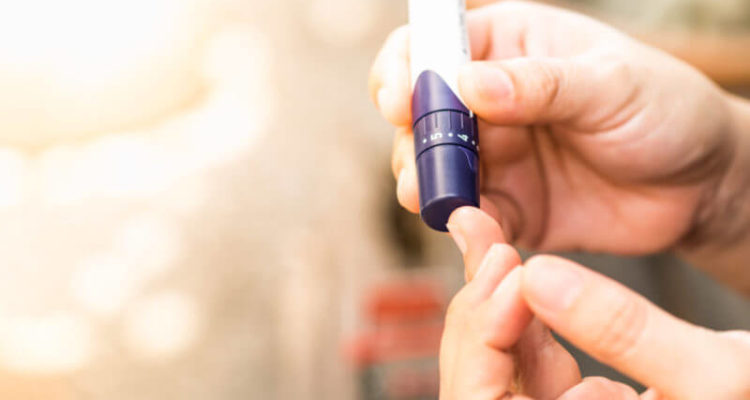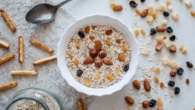
Diabetes: five ways to reduce the risk of high blood sugar by 50%
0
Certain lifestyle changes can be very effective when it comes to diabetes prevention and the need to lower high blood sugar.
Experts from the Diabetes UK organization have named effective means to reduce the risk of high blood sugar. Thanks to these interventions, a person's chance of developing type 2 diabetes can be cut in half.
“Research consistently shows that for some people, combined lifestyle interventions can be effective in reducing the risk by about 50 percent,” the experts said. .
Weight control.When a person's waist and belly grow, it is often a sign of fat accumulation around the internal organs. Such fat deposition leads to the development of insulin resistance, in which the cells of the body lose sensitivity to the hormone insulin, which conducts sugar in them. As a result, the cells stop adequately consuming sugar, its level in the blood becomes elevated – the risk of prediabetes, then diabetes, appears and increases.
Getting rid of excess belly fat is a good way to prevent these processes.
Correct diet.Another important condition for reducing the risk of developing type 2 diabetes is a healthy diet. You should avoid using products that contribute to active fat deposition and increase the glycemic load on the body. The diet should include more natural, plant-based, unprocessed foods, fiber, proteins, and healthy fats.
Physical activity. Movement is the key to preventing the problem of high blood sugar and type 2 diabetes, experts emphasize.
According to doctors, adults should exercise at least 150 minutes a week.
Quit smoking. Smokers are at a higher risk develop type 2 diabetes, and are also more likely to suffer complications if the condition is already present, says Diabetes UK. Quitting the bad habit improves blood sugar levels.
Minimize alcohol. Alcohol consumption is also associated with an increased risk of type 2 diabetes, so it's always important to control how much you drink. Experts remind that alcohol contains a large amount of carbohydrates and calories, contributes to the growth of fat deposits in the liver and abdomen.









Leave a Reply